The Forest Practices Board was created in 1995 under the Forest Practices Code of British Columbia Act and continued under the Forest and Range Practices Act . The responsibilities and functions of the board are defined in the Act.
The board consists of the following members appointed by the Lieutenant Governor in Council after a merit based process:
a. A member designated as the Chair;
b. One or more members designated as Vice Chairs after consultation with the Chair;
c. Other members appointed after consultation with the Chair.
The Board’s practice has been to operate with a full-time Chair, a part-time Vice Chair, and other part-time members to make a Board membership of six. This provides the opportunity for a balance of perspectives and distribution of workload while keeping the Board modest in size. The full Board meets regularly through a combination of in-person discussions and video conferences. Meetings provide an opportunity to exchange information, set strategic direction, provide advice and feedback to the Chair, give guidance on policy, and provide input to the selection process for special investigations and special projects. The legislation provides for the Board to organize itself into panels comprised of one or more members. The work of the Board is supported by a staff, headed by an executive director who reports to the Chair. The staff carries out the professional, technical, and administrative activities required to fulfill the Board’s mandate, including:
The Act requires that “Board members must faithfully, honestly and impartially perform their duties”. Members provide independent oversight, societal context, and an informed public voice to the work of the Board. They work as part of a team to achieve the Board’s mandate in a manner keeping with its mission, purpose, values, and guiding principles. Each Board member contributes a unique body of knowledge, experience, and perspective. Members are selected for their demonstrated ability to independently represent the public interest, exercise good judgment, think strategically, and be fair and balanced in their actions. Through their standing in the broader community, members lend important credibility to the work of the Board.
